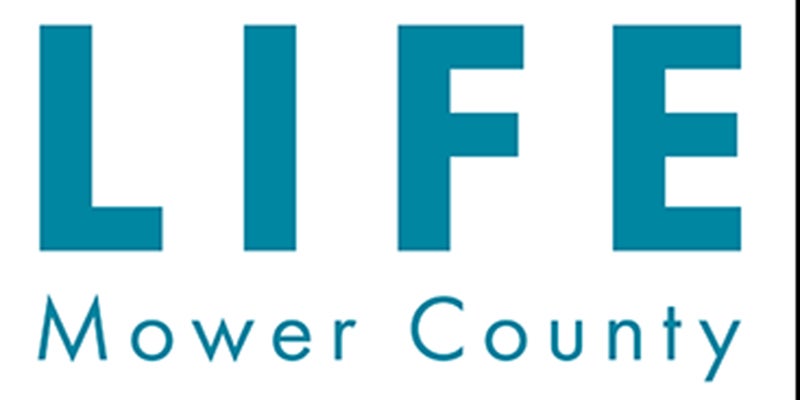Ask a Trooper: Continuing the safe tire talk
Published 6:30 am Wednesday, August 19, 2020
|
Getting your Trinity Audio player ready...
|
By Troy Christianson
Question: I enjoyed your article “Trailer Wheel Bearing Talk.” Could you talk more about tire safety? I look around in parking lots and see many tires that are unsafe. Thanks!
Answer: Tire talk is an important conversation as their functions include supporting the vehicle load, transmitting traction and braking forces, absorbing road shocks, and changing and maintaining the direction of travel.
To ensure these functions are being adequately met, there are some important things to inspect on each of your vehicle’s tires on a regular basis:
• Tread depth of your tires. Tread depth is essential to a well performing tire. Tires need tread for better traction when water accumulates on the road. The grooves on tires work to siphon water away from the surface of the tire.
• Checking the tire tread depth. Tires with a tread depth of one-sixteenth of an inch or less are unsafe. Place a penny head first into the tread grooves nearest the center of the tire at three locations equally spaced around the circumference of the tire. If you see the top of Lincoln’s head, you need new tires.
• Air pressure. Check tire pressure using a tire gauge as tires can be as much as 50 percent under-inflated before it is visibly noticeable.
The first place to look for the correct air pressure for your specific tires is your vehicle owner’s manual. Correct air pressure should also be listed on the tire placard attached to the vehicle’s doorpost. The tire sidewall will have the pressure as well.
• Wear, damage or signs of deterioration. Look for cracks in the tread or sidewall, as well as cuts or snags deep enough to expose the body cords.
Tread wear indicators (wear bars) are located at the base of the main grooves and are equally spaced around the tire. The tread wear indicators (which look like narrow strips of smooth rubber across the tread) will appear on the tire when the point of wear is reached. When you get to this point, you need new tires.
You can avoid a ticket — and a crash — if you simply buckle up, drive at safe speeds, pay attention and always drive sober. Help us drive Minnesota Toward Zero Deaths.
If you have any questions concerning traffic related laws or issues in Minnesota send your questions to Sgt. Troy Christianson – Minnesota State Patrol at 2900 48th Street NW, Rochester MN 55901-5848. (Or reach him at, Troy.Christianson@state.mn.us)




